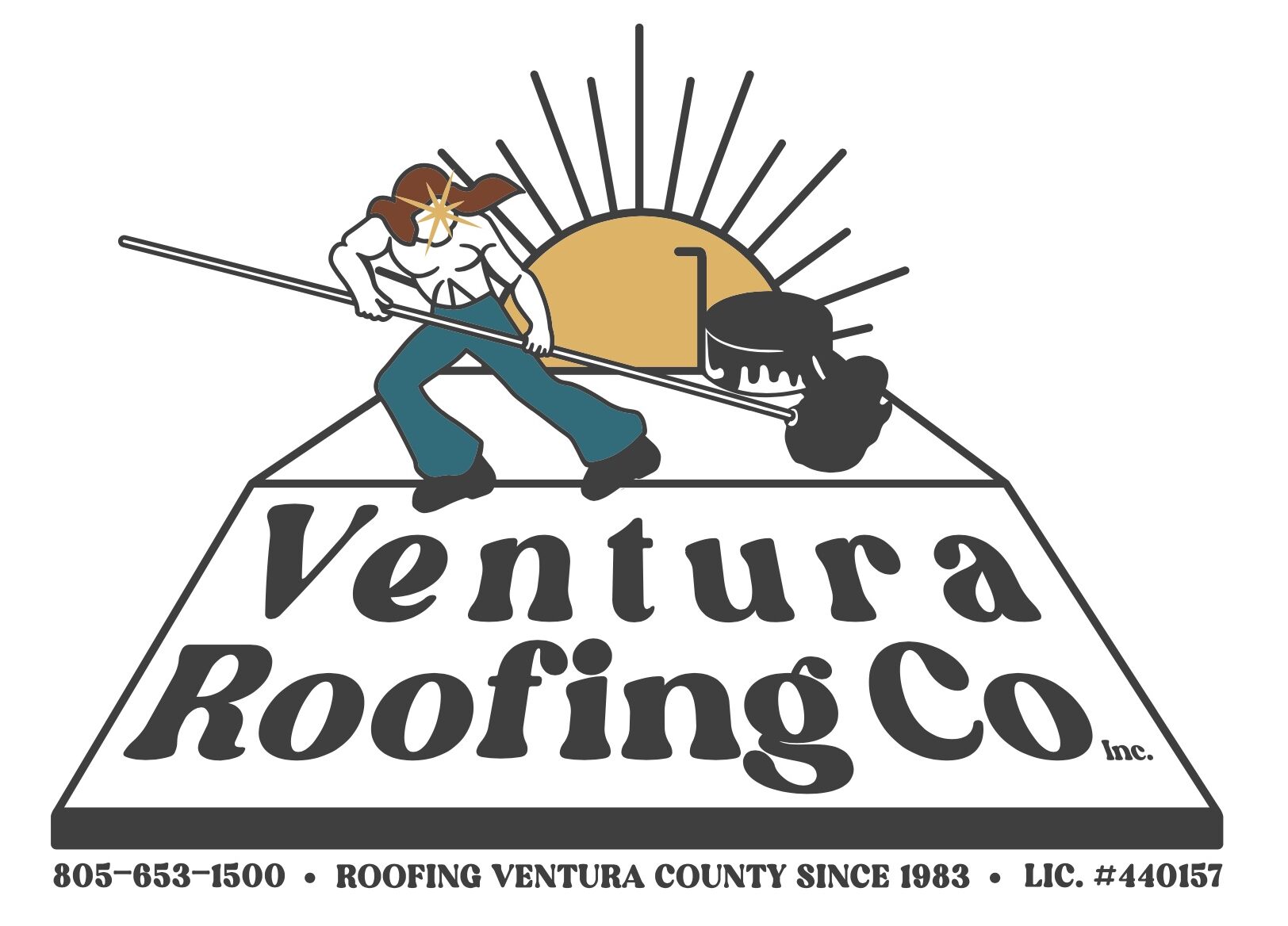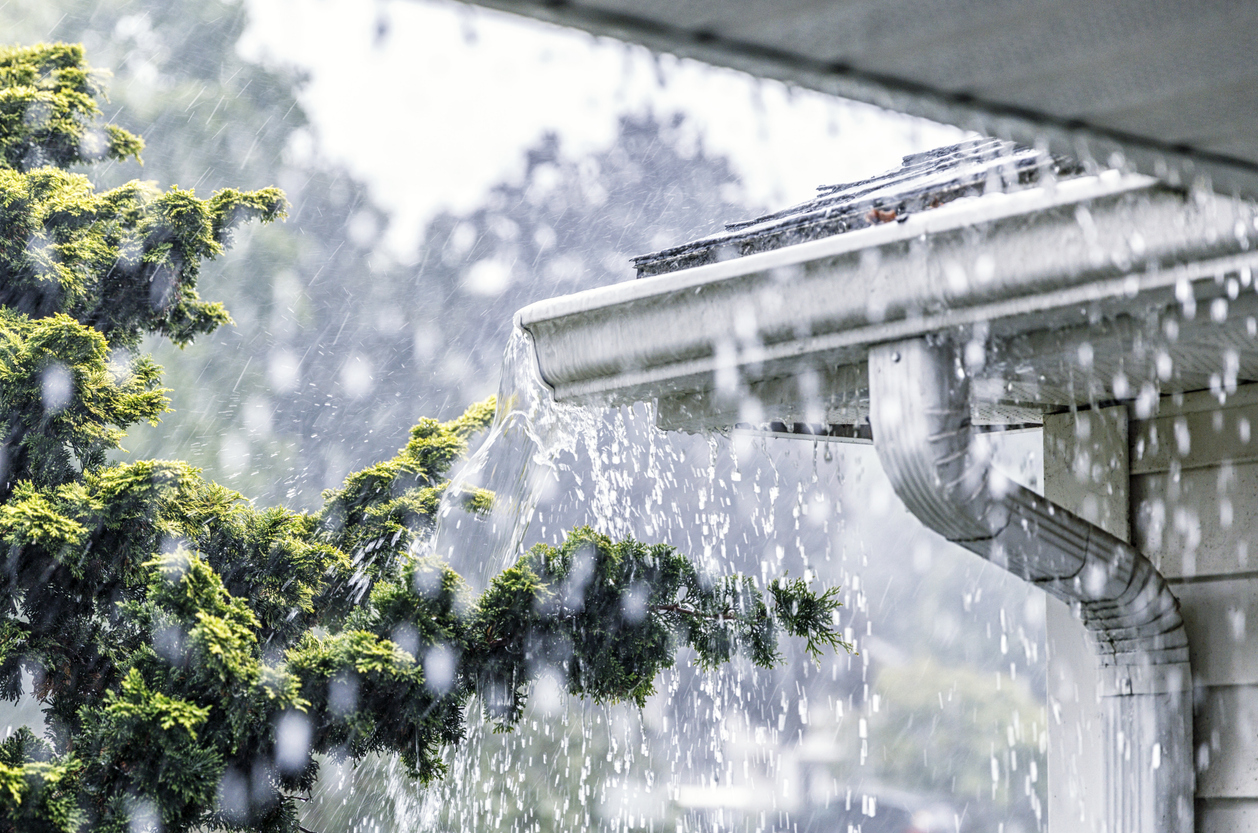Common signs of roof damage from rain during spring include discoloration or water stains on ceilings and walls, peeling paint, damp spots around fireplaces, missing, curling, or cracked shingles. You might also notice granules in gutters, leaks in the attic, or a sudden spike in energy costs.
Spring’s consistent rain showers may feel refreshing, but they can wreak havoc on your home, particularly your roof, causing unnoticed damage that could lead to costly repairs.
Ignoring the signs of roof damage can turn a minor issue into a serious one, leading to leaks, structural damage, and even a compromised foundation. The aftermath could disrupt your comfort and safety, requiring significant time and money to rectify.
Recognizing the common signs of roof damage from rain during spring can help you act promptly. This article will provide valuable insights to identify these signs, ensuring your home stays protected, dry, and in the best condition possible.
The Common Signs Of Roof Damage From Rain During Spring
With spring comes better weather, but it also brings a lot of rain with it. That rain’s great for your garden, but that rain is also possibly causing havoc on your roof. That’s why the spring is a good time to inspect your roof for any damage, and have it fixed as soon as possible.
Here are the most common signs of roof damage that you should be looking out for.
Water Leaks
This is something you should never ignore, once you’ve spotted the signs. If water has made its way into your roof, then it will cause all kinds of problems. That includes creating great conditions for mold to develop, as well as damaging the roof structure. In the worst case scenario, it will lead to you needing a full roof replacement.
As such, always keep an eye out for signs that the roof may be leaking. If you’re seeing water stains on the ceiling, that’s a tell tale sign that there’s water dripping in from the roof. The ceilings and walls may also experience bubbling, which is another key sign of water damage.
There’s no need to panic if you are seeing this damage, though. You’ll need to call a roofer, and they will be able to find the leak in your roof and repair it, before it does any more damage.
Damage To Your Shingles
If you have a shingled roof, then when inspecting your roof you need to be looking for shingle damage. This can look like the shingles curling up at the sides, bruising to them thanks to hail storms, cracks, or even shingles being missing entirely.
Any of these issues represents a chink in your roof’s armor, and that’s going to let water in. Again, if you see the damage it will need to be mended as soon as possible. If it’s just a few shingles that have been damaged by high winds or rain, they can be easily replaced. If there’s larger patches of missing or broken shingles, it’s possible that the roofing itself will need to be redone.
Moss Growing On The Roof
When you take a look at your roof, are you seeing any growth on there? Any part of your roof that’s shaded is a prime spot for moss or algae to start growing. In and of itself, these growths aren’t harmful to your roof. However, they will trap moisture underneath the growth, and that’s going to make its way into the roof over time.
If you are seeing moss and algae, you’ll want to look at having it cleaned off as soon as possible. There are cleaning products and methods you can use to do so, but it’s usually best to have an expert do it. Remember, your roof is a dangerous place to work on, and experts have the right tools and equipment needed to do it safely.
Tree Damage
There are a few different ways that trees can damage your roof, especially in the rainy spring season. If a tree is too close to your roof, you can find leaves being blown into the guttering during rainy weather. These will block gutters, which leads to water overflow, leaks and ice dams come the colder months. During high winds, branches can break off that tree and land on the roof, potentially causing more damage to the structure too.
These are all things that you want to avoid, so consider the trees near your home. In most cases, pruning the branches will be enough to avoid these issues. If it’s very close to your roof line, then you should look into having the tree removed. During roof inspections, clear out your gutters so you’re ensuring there’s room for rain water to flow away.
Reduced Roof Ventilation
A sign that your roof has suffered damage is when you start experiencing poor ventilation. What does this look like in your home? Firstly, if you see your energy bills going up, then that’s a sign that your HVAC system is having to work harder to maintain a stable temperature. If there’s mold growing in the attic, then that’s another sign that you’ll need to check for poor ventilation.
This is another issue that you’ll need an expert roofer for. They’ll be able to diagnose that issue, and put it right for you.
Flashing Issues
Your flashing is the metal strips on the roof that protect areas where two sections of roof join together. You’ll see them around your chimney, for example, to protect the area where the roof and the chimney join.
When it’s working as intended, the flashing will stop water from pooling in these spots and making its way into your home. Instead, it redirects it towards the gutters so it will wash away. Flashing can become damaged over time though, and become cracked, broken or corroded. As such, it can’t work the way its designed to and water will start making its way in.
This is something that you should be looking for with any roof inspection. If the flashing has started to wear out, it needs to be replaced as quickly as possible. Call a roofer as soon as you see these issues, and you’ll be able to correct them.
Pest Infestations
Finally, with the rainy weather, you can find animals making their way into your roof and setting up home here. There are lots of pests that can squeeze through tiny holes, so if there’s a very small hole somewhere in your roof, they can find it and make their nests here.
This is happening if you see animal droppings in your roof, or you can hear them moving around at night. In some cases, you’ll be able to find their entry point and seal it off. You can also ask a pest control company to help you stop them from getting back in.
These are some of the most common signs of roof damage during the spring. Handling them quickly will ensure that your home is well protected against rain during this season.

